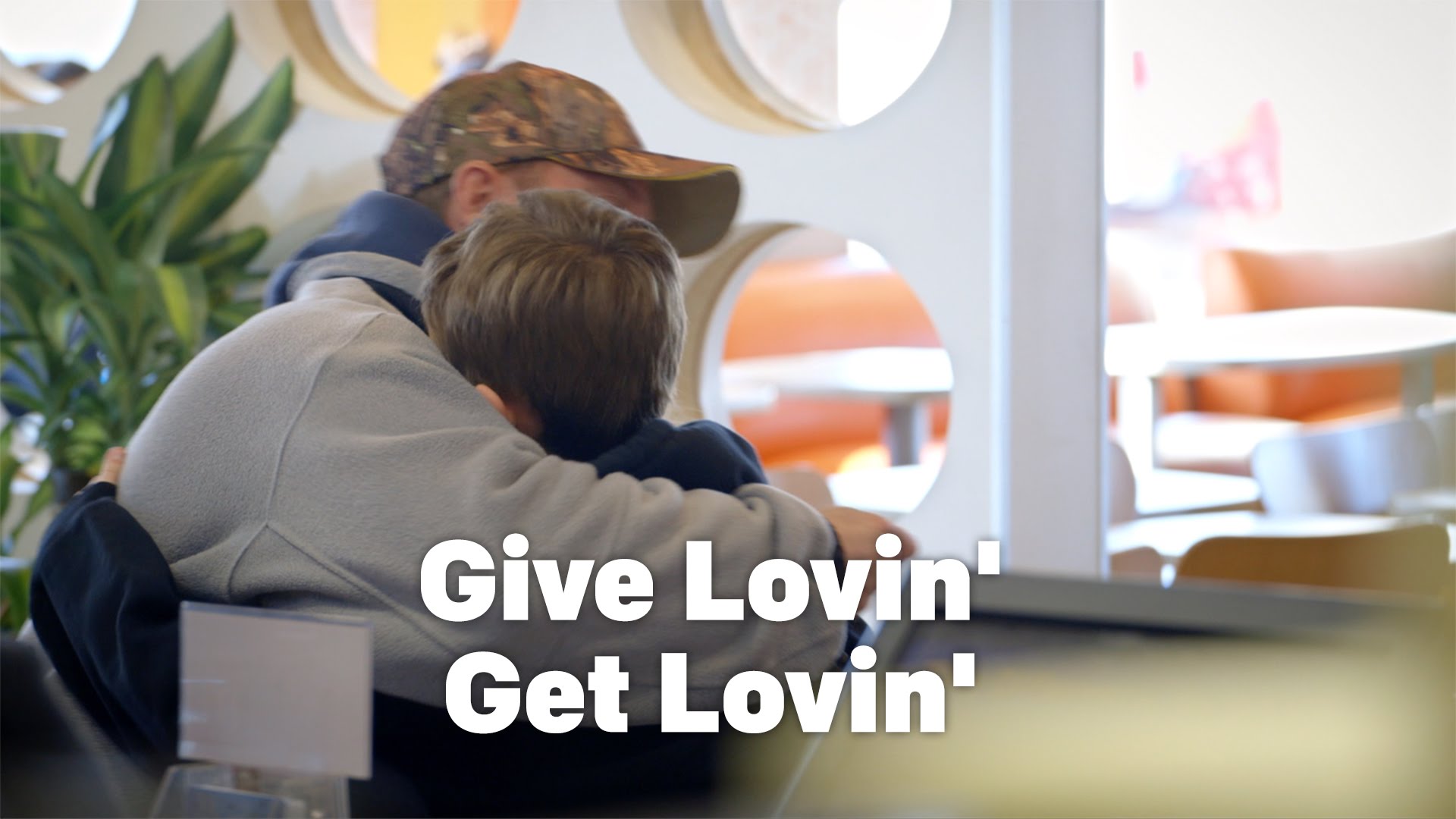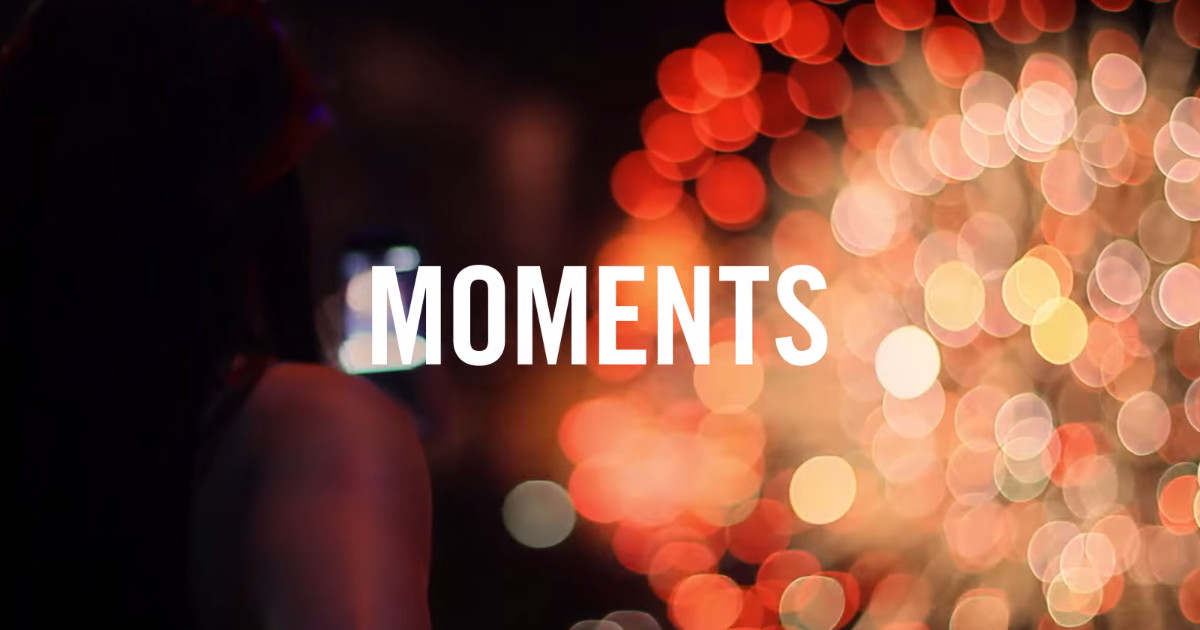Let’s be honest, most political ads are not exactly Super Bowl quality. Of course, they don’t have Super Bowl budgets, but still… it seems like there’s just a little something missing as far as how we connect with ads during the big game and during the days before an election. What’s the difference?
Michele Fabrizi, CEO of ad agency MARC USA, takes an interesting look at the “behavioral economics” behind Super Bowl XLIX’s most successful ads. From Ad Age:
Some reviews are measuring brain waves, others are looking at consumer votes and some are just personal opinion. Well, we think we know what was behind some of the very good as well as some of the not-so-good efforts. It’s all about leveraging the unconscious factors that drive 95% of consumer decision-making, and the best way to do that is through behavioral economics. Of course, when you can combine the smart use of behavioral economics (B.E.) with your brand’s core positioning, you’ve really got a home run — make that a touchdown.
And that’s just what McDonald’s did. McDonald’s “Pay with Lovin” promotion randomly will let people pay for their meal over the next two weeks with acts of love and kindness. It’s a great use of the BE principle of “random rewards,” which engender more loyalty than regular expected rewards not only among those who receive, but among those who observe. The fact that McDonald’s tied the rewards to its “Lovin It” tagline and new campaign direction made it even stronger. Touchdown McDonald’s.
Not familiar with the world of behavioral economics? Here’s a few links to give you a primer:
- “The Business of Behavioral Economics,” Forbes
- “How Behavioral Economics Differs from Traditional Economics,” The Library of Economics and Liberty
- Psychology Today :: Behavioral Economics




